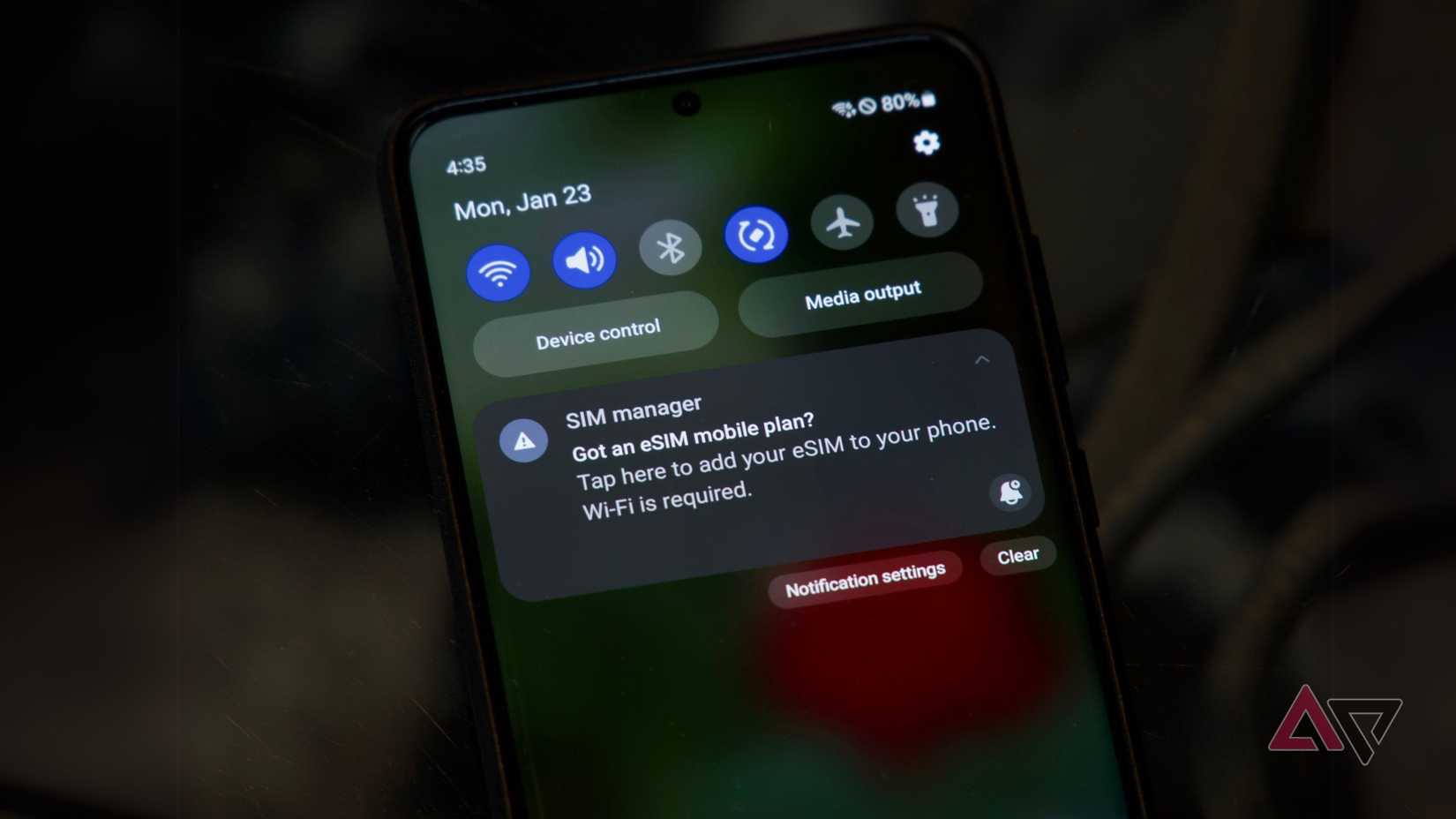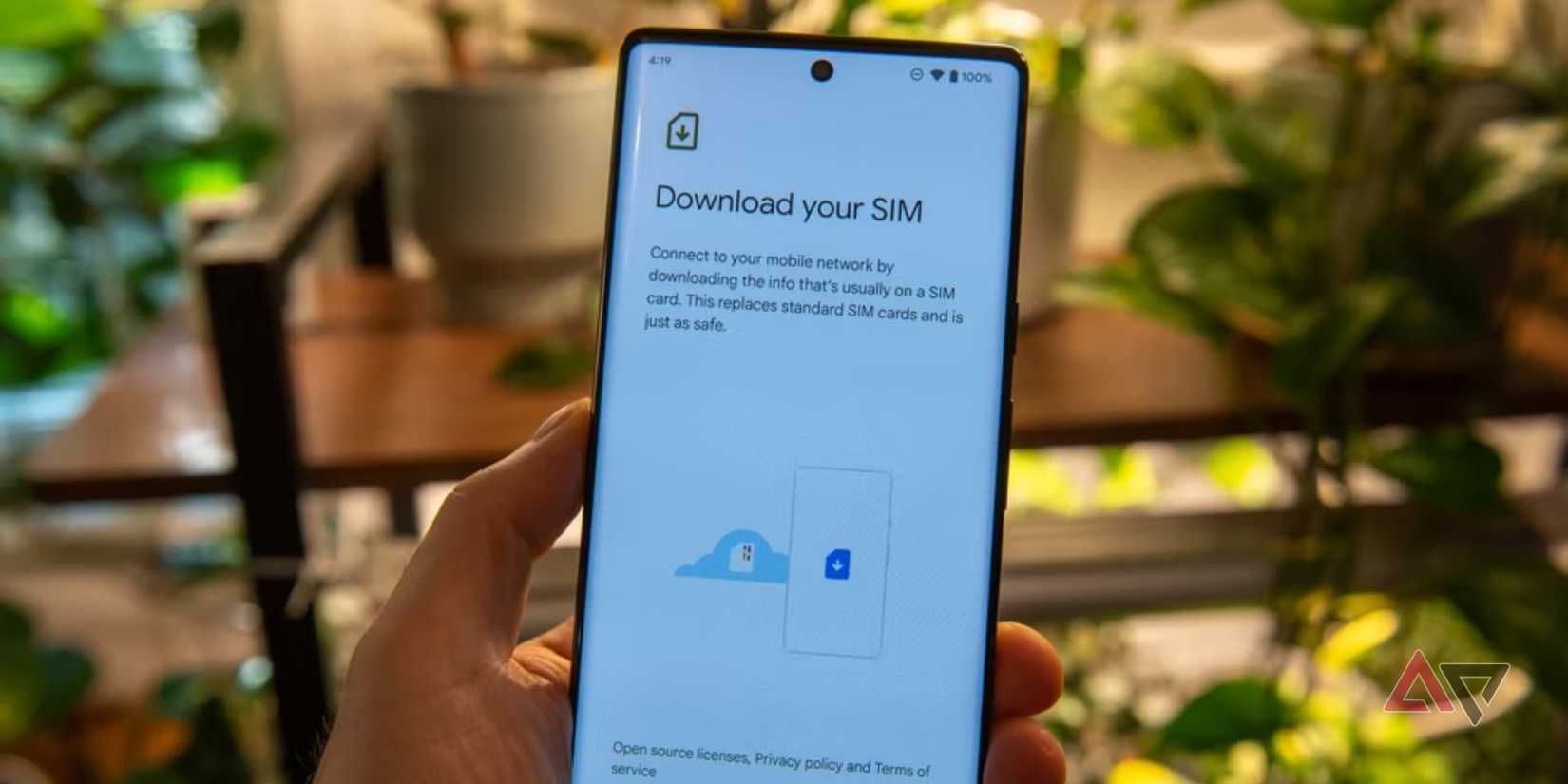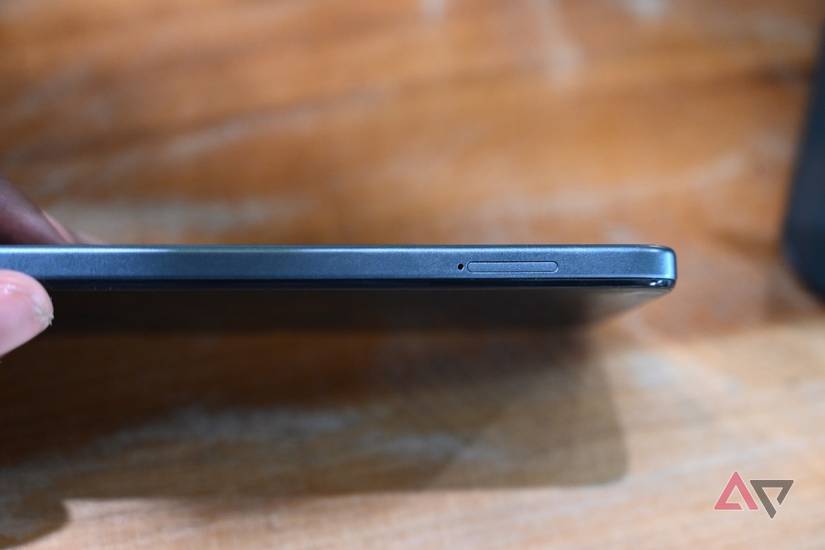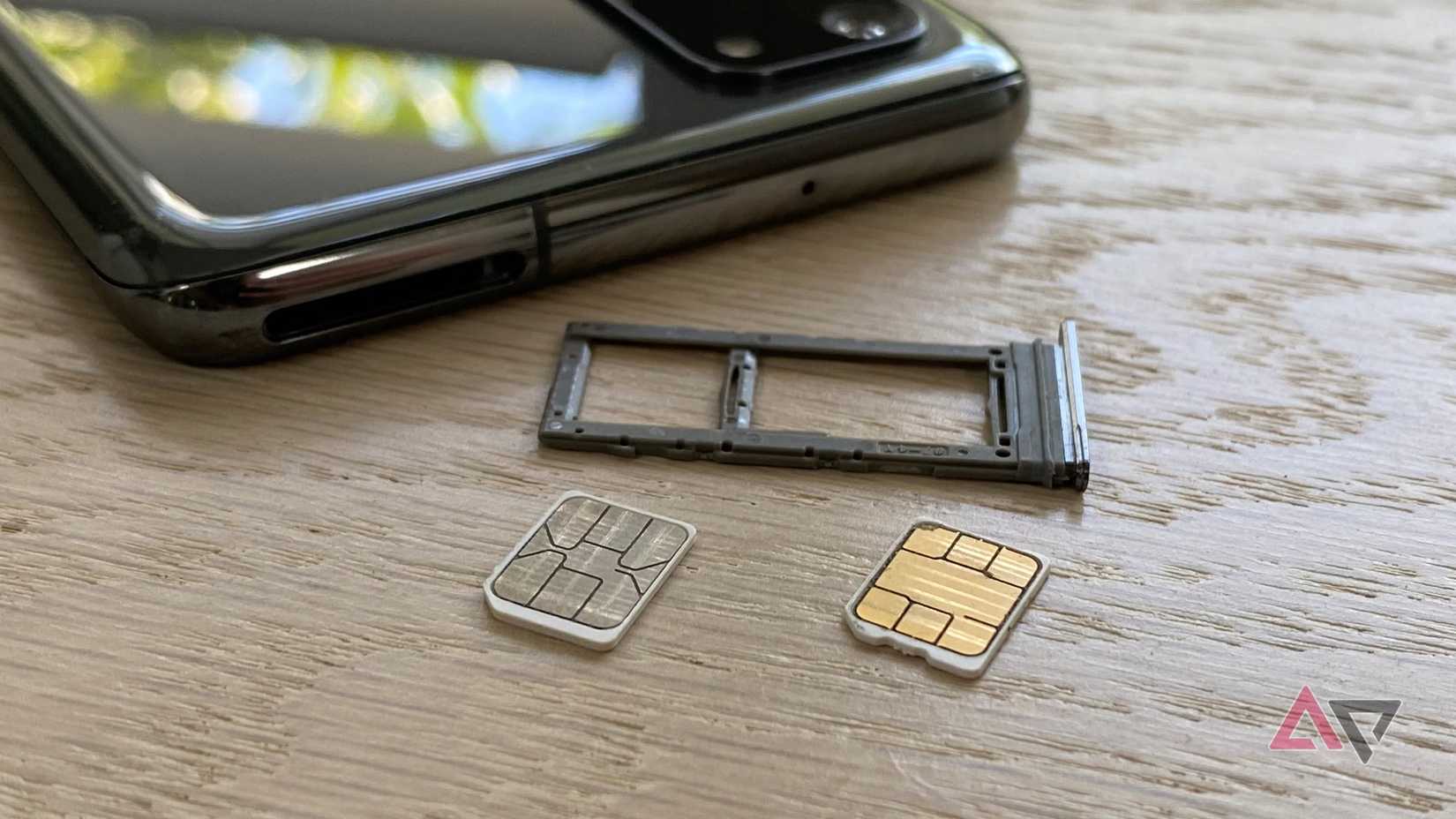They sold us a vision of the future, and it was perfect. In it, your phone connects to the network as easily as saving a photo.
You could land in a new country and be online before the wheels touch down. Switching carriers would take a few taps.
The embedded SIM (eSIM) was pitched as the next step in mobile connectivity. But the future arrived with a catch.
The eSIM transition, as implemented today, is not user-centric. For many, it has felt more like a downgrade than a step forward.
The question is why? Let’s review the technical, consumer, and industry reasons behind it.
The illusion of easy switching with eSIM technology
Physical SIM cards give users control. That tiny sliver of plastic lets you manage your device’s identity in seconds.
Swap it, and your number and plan move with you. No apps, logins, or permissions were required.
Moving an eSIM is different. The promise of easy switching often becomes a multistep obstacle course.
Activation can require a stable Wi-Fi connection. Then comes the QR code. These codes can be single-use, meaning you’re back to square one if the transfer fails.
You might be directed to download a buggy carrier app that barely works, or worse, spend an hour on hold with a support agent who seems just as confused.
User forums are full of reports of failed transfers and being stuck between providers. Much of the friction serves carrier interests.
Physical SIMs made switching easier. eSIM marketing promised less friction, but many carriers replaced a simple offline step with a controlled digital process.
The complexity works as soft lock-in. Another aspect is the setup for the Internet of Things (IoT). The smartphone is the test case.
This model could normalize carrier-controlled connectivity across devices such as cars, smartwatches, and security systems, creating strong vendor lock-in.
Switching providers stops being a hardware swap and becomes a complex, costly, remote operation managed by the companies you’re trying to leave.
When a simple SIM swap becomes a support nightmare
Imagine your phone is stolen, broken, or dead. At that moment, access to your digital identity is essential for your safety.
Recovery is simple with a physical SIM. Just walk into a carrier shop, get a basic phone, and insert your SIM.
In minutes, you’re back online with your number restored. You can receive 2FA codes, access your bank, call for help, and notify family.
With an eSIM-only device, recovery depends on someone else. Your identity sits on the missing or broken phone.
To restore it, you need an eSIM-compatible phone and a Wi-Fi connection. Then, you must ask your carrier to issue a new eSIM, subject to their hours, verification rules, and support quality.
I had my own run-in with the hassle of switching carriers on eSIM. At first, everything seemed fine, then I messed up.
Two activation emails landed in my inbox back-to-back, and I clicked the wrong link, activating a new number instead of transferring my existing one.
Because it was the weekend, support couldn’t fix it right away, and my primary line went dark for two days.
I was stuck deciding whether to tell everyone about the temporary number or risk missing calls until the issue was sorted.
It was a frustrating mess that never would’ve happened with a physical SIM.
What evidence reveals about the eSIM space claim
Tech companies often offer familiar justifications when they remove features. Removing the physical SIM tray is no exception, but the arguments don’t hold up on inspection.
One claim is that dropping the SIM tray frees internal space for components such as a larger battery. iFixit’s teardown of the first U.S. eSIM-only iPhone 14 challenged that claim.
Instead of a SIM reader and ejector, there was only a plastic spacer roughly the size of a Lego brick, not a bigger battery or an added sensor. That finding undercuts the space-saving argument.
Another justification is improved water resistance. Fewer openings can reduce water or dust ingress, but the gain is marginal.
Android phones with SIM trays already carry IP68 ratings. The tray hasn’t been the weak point, and this small gain doesn’t offset the loss of user control.
The pattern points to a different reason. The move mirrors earlier steps like removing the headphone jack and adopting sealed, non-removable batteries.
The result is a harder-to-repair device. That trend contradicts Right to Repair efforts that promote consumer choice and device longevity.
The result is a device that is harder to fix, easier to control, and more likely to be discarded sooner.
The global impact of eSIM on affordability and access
The shift to eSIMs has consequences besides personal inconvenience. Consider the used-phone economy.
A physical SIM cleanly separates identity from hardware. A factory reset prepares a phone for the new owner.
Risk increases with eSIMs. Sellers sometimes forget to delete the eSIM profile, which can block activation for the next owner.
That turns a simple sale into a support problem, devalues used hardware, and damages trust in a market millions rely on for affordable tech.
For the tech elite in wealthy markets, eSIM is an inconvenience. For millions in developing regions, it can block access to connectivity.
Mobile service is built on simplicity across much of Africa, Asia, and Latin America. The shift to eSIM conflicts with that.
Digital-only activation often requires stable Wi-Fi, a credit card, a government-issued ID, and digital literacy. These requirements exclude people in cash economies.
Obstacles like these also affect those with limited computer skills, who may struggle with QR codes, carrier apps, and online verification steps.
eSIM makes basic phone troubleshooting harder
Troubleshooting phones used to start with one step. You moved your SIM to another phone before calling support or visiting a store.
It was a reliable test. If the SIM worked there, the phone was at fault. If not, the network or account was. In seconds, you isolated the issue and knew the next step.
With eSIM, that step is gone. Because the SIM is embedded, you can’t move it to another device to test.
You lose an independent way to tell whether the problem is your phone’s modem, a carrier outage, or an account provision error.
That change makes every connectivity issue opaque. Is it software, hardware, or setup? You can’t tell.
eSIM feels like corporate control disguised as progress
eSIM was sold as freedom, but it’s becoming a corporate control tool. However, technology itself is not the issue.
Done right, an embedded SIM could offer the best of both worlds. The problem is the anti-consumer implementation.
The industry used this shift to reclaim control of the simple, open, user-owned physical SIM given to customers.
We’re letting a simple standard die by a thousand cuts. We must demand better before the last SIM tray becomes a museum piece.
eSIM’s future doesn’t have to be bleak. We need a universal, offline, peer-to-peer transfer standard.
It’s equally important to tackle the shortcomings of eSIM-only devices.





